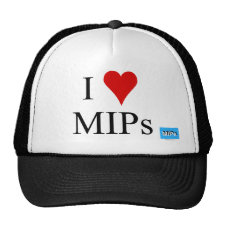
Authors: Koide Y, Senba H, Shosenji H, Maeda M, Takagi M
Article Title: Selective adsorption of metal ions to surface-template resins prepared by emulsion polymerization using 10-(p-vinylphenyl)decanoic acid.
Publication date: 1996
Journal: Bulletin of the Chemical Society of Japan
Volume: 69
Issue: (1)
Page numbers: 125-130.
DOI: 10.1246/bcsj.69.125
Abstract: A monomer-type surfactant, 10-(p-vinylphenyl)decanoic acid (1), has been prepared and applied to an emulsifier for the preparation of surface-template resins. The hydrophobicity of 1 corresponded to that of C15H31COONa on the basis of the cmc values, while that of 1 on the enulsification corresponded to that of C12H25COONa. The monomers (DVB + St + 1) were copolymerized in a metal ion solution and the resulting polymers were evaluated for their surface-template effects. The suspension polymerization gave resins 0.08 mm in diameter and the adsorption of metal ions on Cu2+-imprinted resins attained equilibrium in 2 h. The surface-template effects based on the oriented 1 exceeded the inner-template resins in selective adsorption. On the other hand, the emulsion polymerization gave fine particles 200-300 nm in diameter. The resins showed excellent surface-template effects. The adsorption of metal ions was 50-100 times as much as that on the resins prepared by suspension polymerization (see Fig. 2 and Table 3). The metal-imprinted resins was 1.88 times more effective than the unimprinted results, and the Zn2+-imprinted resins showed more effective adsorption for Zn2+ than for CU2+ and for Ni2+. Such surface-template effects were also seen for CU2+- and Ni2+-imprinted resins. The selectivity (Cu2+/Zn2+) from the mixture of both metal ions was 3.7 for the Cu2+-imprinted resins prepared at 0.25 mol% 1. Furthermore, the metal-imprinted resins could be used repeatedly
Template and target information: Zn(II), Cu(II), Ni(II)



Join the Society for Molecular Imprinting

New items RSS feed
Sign-up for e-mail updates:
Choose between receiving an occasional newsletter or more frequent e-mail alerts.
Click here to go to the sign-up page.
Is your name elemental or peptidic? Enter your name and find out by clicking either of the buttons below!
Other products you may like:
 MIPdatabase
MIPdatabase









